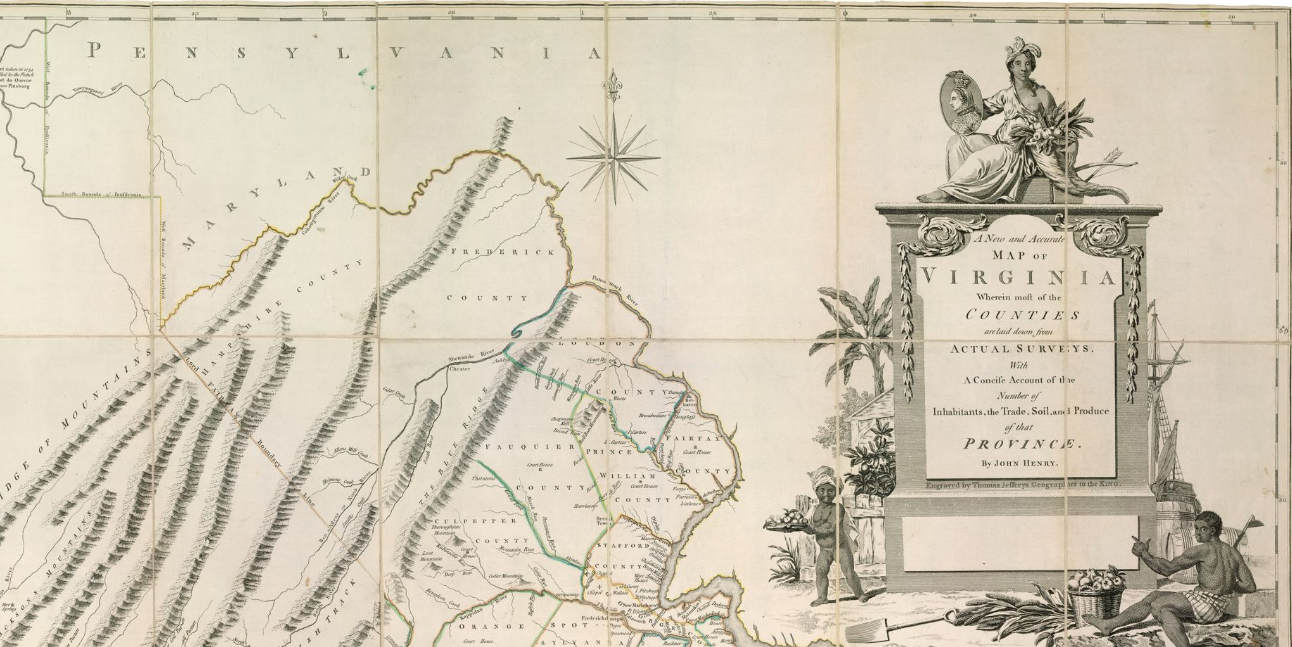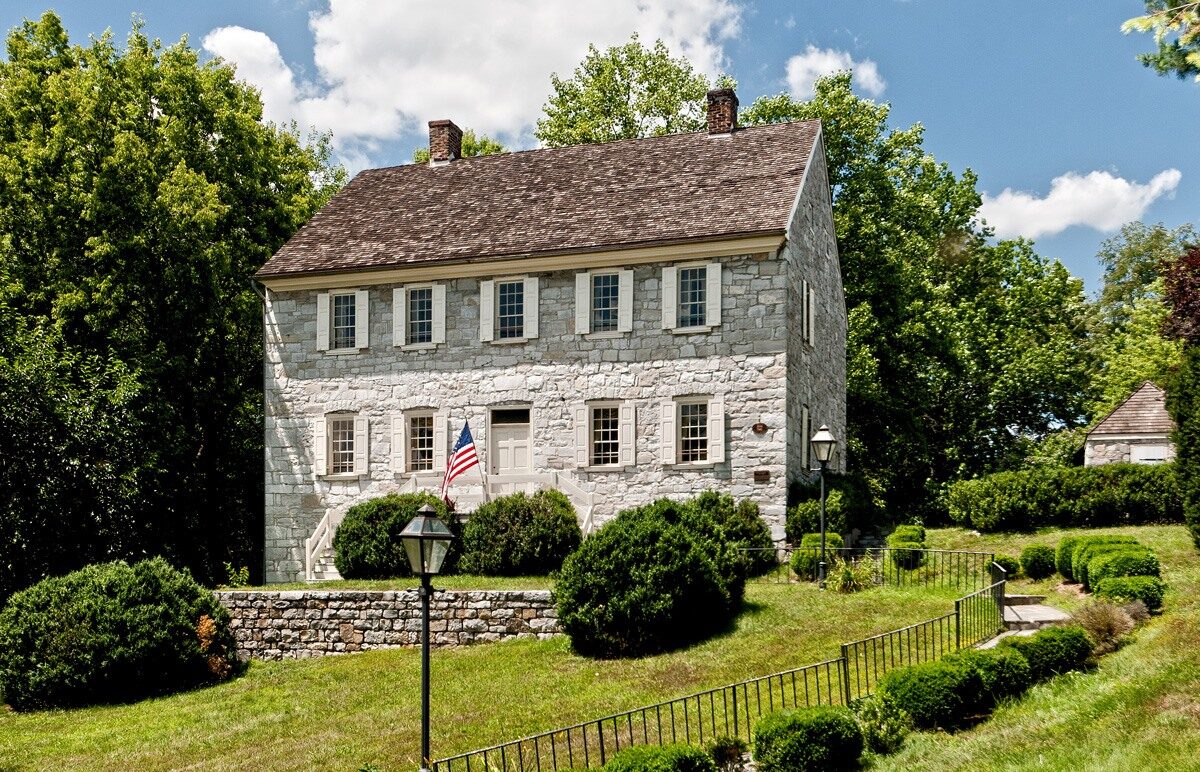If you’re ever pulled in by the phrase “George Washington slept here,” this story is for you.
George Washington is perhaps America’s first “the man, the myth, the legend” since he had his hands in so many things prior to and after the founding of our country. Not only was he the first president of the United States, Washington was a farmer, surveyor, and military man. The latter two sent him venturing westward as he documented lands for Lord Fairfax and ran defense against the French. Hit the Washington Heritage Trail to put your footsteps atop his.
Washington in the Area
At 136 miles long, the Washington Heritage Trail is a National Scenic Byway found within the area first represented by George Washington. As a member of the Virginia House of Burgesses, the people of Frederick County, Virginia were his first constituents. In 1758 Frederick County was huge. It included what are now the Virginia counties of Frederick, Clarke, Warren, Shenandoah, and Page, as well as the West Virginia counties of Berkeley, Jefferson, and Morgan. Washington served Frederick County until 1765, after which time he won the seat to represent Fairfax County.

Henry, John, and Thomas Jefferys. “A New and Accurate Map of Virginia Wherein Most of the Counties Are Laid down from Actual Surveys : With a Concise Account of the Number of Inhabitants, the Trade, Soil, and Produce of That Province.” London: Thos. Jefferys 1770, Print.
In 1784 Washington returned to Frederick County. He determined the Potomac River was the best way to reach the Ohio Valley, and thus created The Patowmack Company. The goal of The Patowmack Company was to clear the channel and create any necessary canals to ensure passage as far westward as possible. See an example of one of the canals when you visit the Shenandoah Canal at Harpers Ferry National Historical Park.
In 1794, as President of the United States, Washington named Harpers Ferry as a site for a federal armory and arsenal, which would be under construction by 1799. George Washington died December 12, 1799. Indeed, Washington’s footsteps are all over the Shenandoah Valley and beyond.
Hot Spots on the Washington Heritage Trail
Harpers Ferry National Historical Park is a logical first stop along the Washington Heritage Trail. Though the buildings in Harpers Ferry are post-Washington era, the rich history is inescapable. Learn about its role in the Civil War, including the destruction of Washington’s Armory and Arsenal in 1861, as well as African American and Indigenous histories.
The first of George Washington’s brothers to settle in the area was Samuel Washington. His home, Harewood, is also the only Washington property still owned by descendants. Completed in 1770, Harewood was the venue for James Madison’s marriage to Dolley Payne Todd, sister of Samuel’s daughter-in-law Lucy Payne Washington. This is also a private residence, but those who wish to drive past or take an exterior photo are welcome to do so.
Other nearby Washington family homes include Happy Retreat (1780, Charles Washington; pictured below), Cedar Lawn (1825; John Augustine Washington), Claymont Court (1820; Bushrod Corbin Washington), Blakeley (1820, John Augustine Washington, II)
View this post on Instagram
Morgan’s Grove Park is a place of exploration representative of George Washington’s time in the area. Captain Hugh Stephenson left from Morgan’s Grove on July 16, 1775 to march his men 600 miles to Cambridge, Massachusetts. There Captain Stephenson and his company joined the Continental Army as the Revolutionary War raged into its third month. Just a month prior Washington was appointed commander in chief of the Continental Army.
The General Adam Stephen House in Martinsburg dates to 1774, just two years younger than Berkeley County itself. General Stephen was second in command to George Washington during the French and Indian War. The home is open for tours Saturdays and Sundays from May through October.
The Peter Burr House is significant in several ways. First, it’s the oldest wooden structure in West Virginia. Built between 1751 and 1755, it’s a spacious two-story, eight-room structure. The name Burr will certainly ring a bell to anyone loosely interested in American history, which brings the second point: Peter Burr was the uncle of Aaron Burr, Jr., the third Vice President of the United States who famously killed Secretary of the Treasury Alexander Hamilton in a duel in 1804.
View this post on Instagram
Berkeley Springs is where George Washington was known to “take the waters” of the warm mineral springs for healing. Famously, George Washington’s Bathtub is located inside Berkeley Springs State Park. Explore Bath Historic District to see dozens of 18th century buildings as well as George Washington’s Lots.
Snodgrass Tavern (privately owned) was built in 1742 and hosted George Washington, likely while he was traveling to take the waters.
Keep It Going
There are more than 40 sites recognized on the Washington Heritage Trail and we encourage you to dig further into those sites as you explore.
Header image of General Adam Stephen House courtesy of Martinsburg-Berkeley County Convention and Visitors Bureau.





